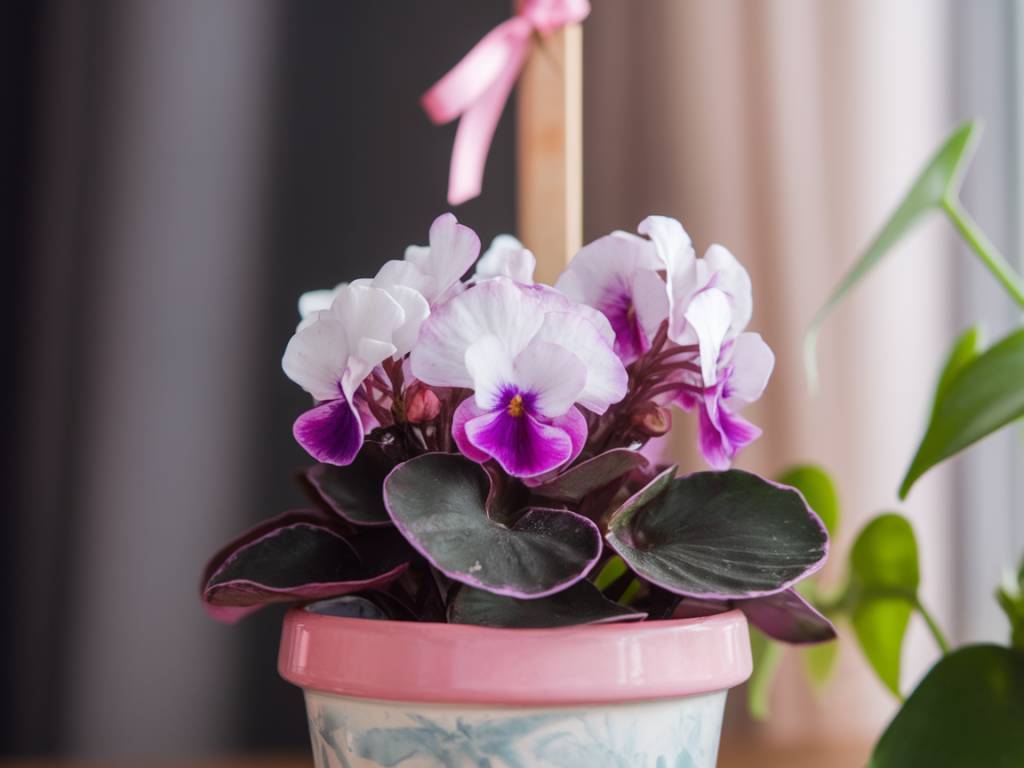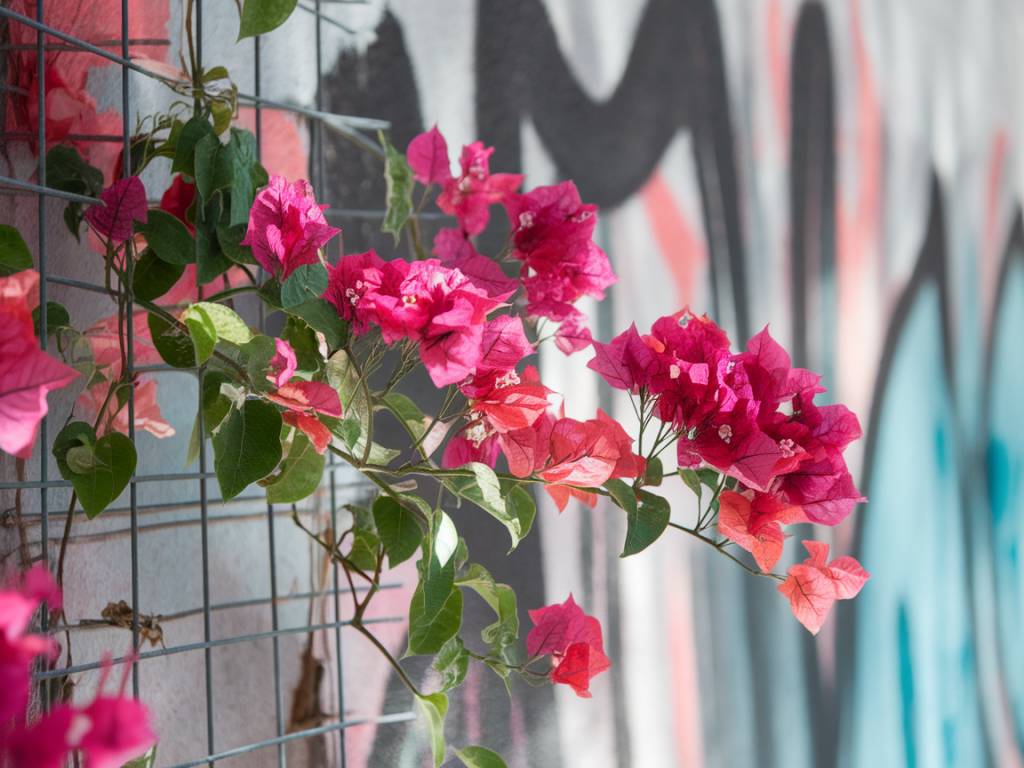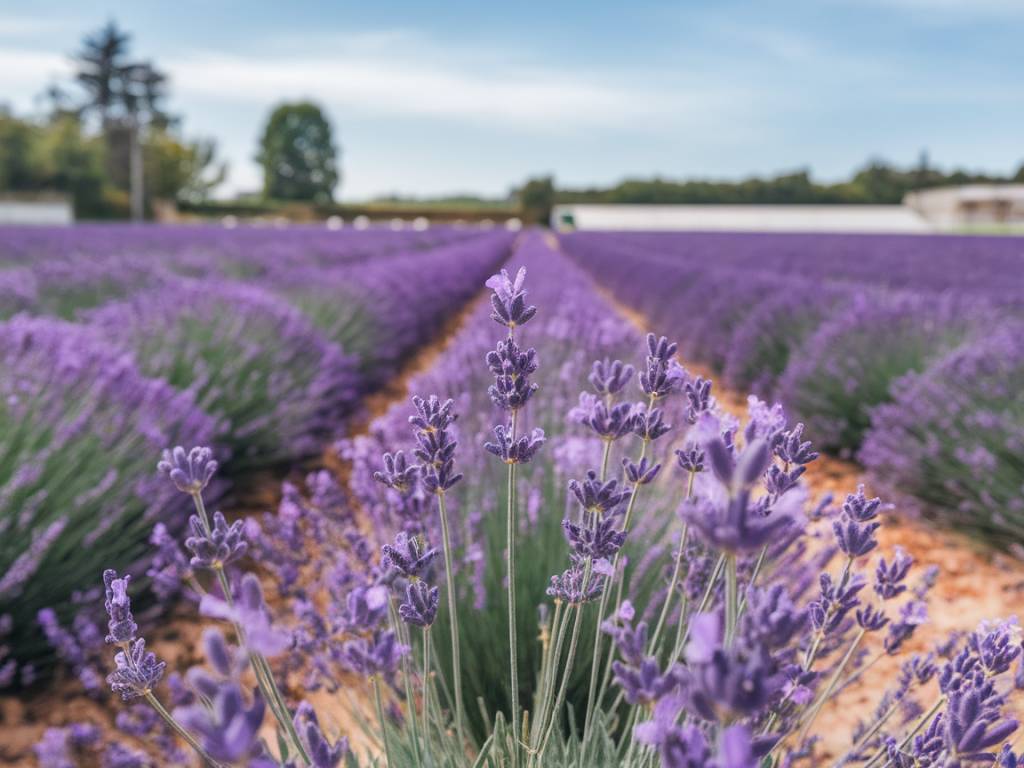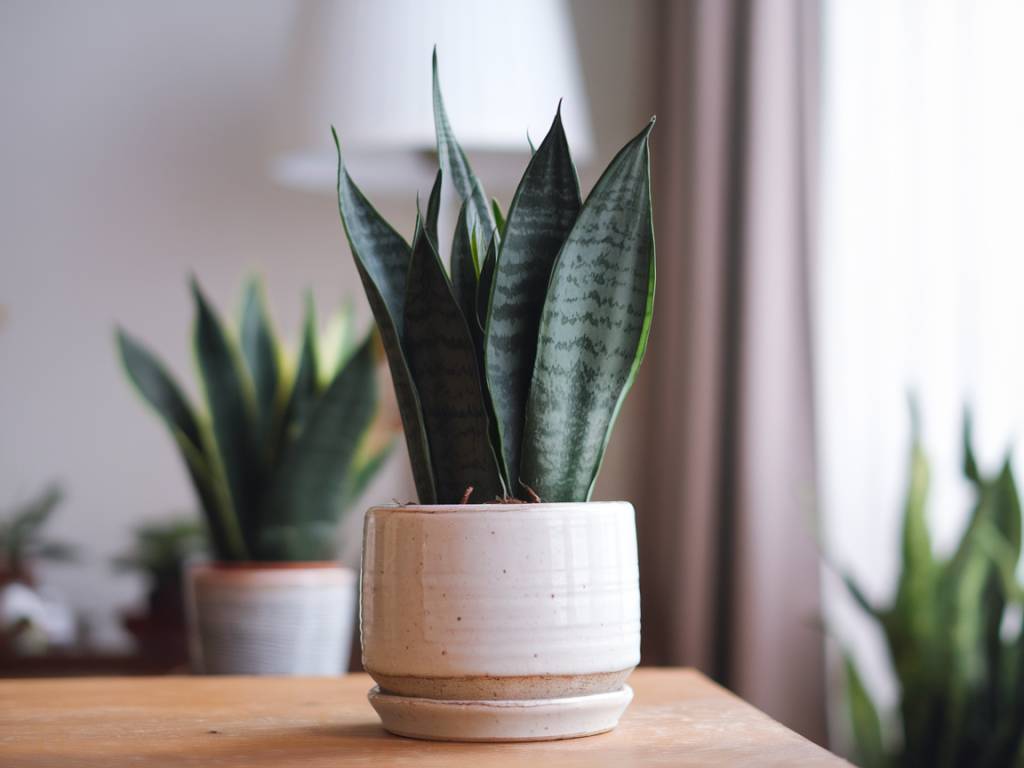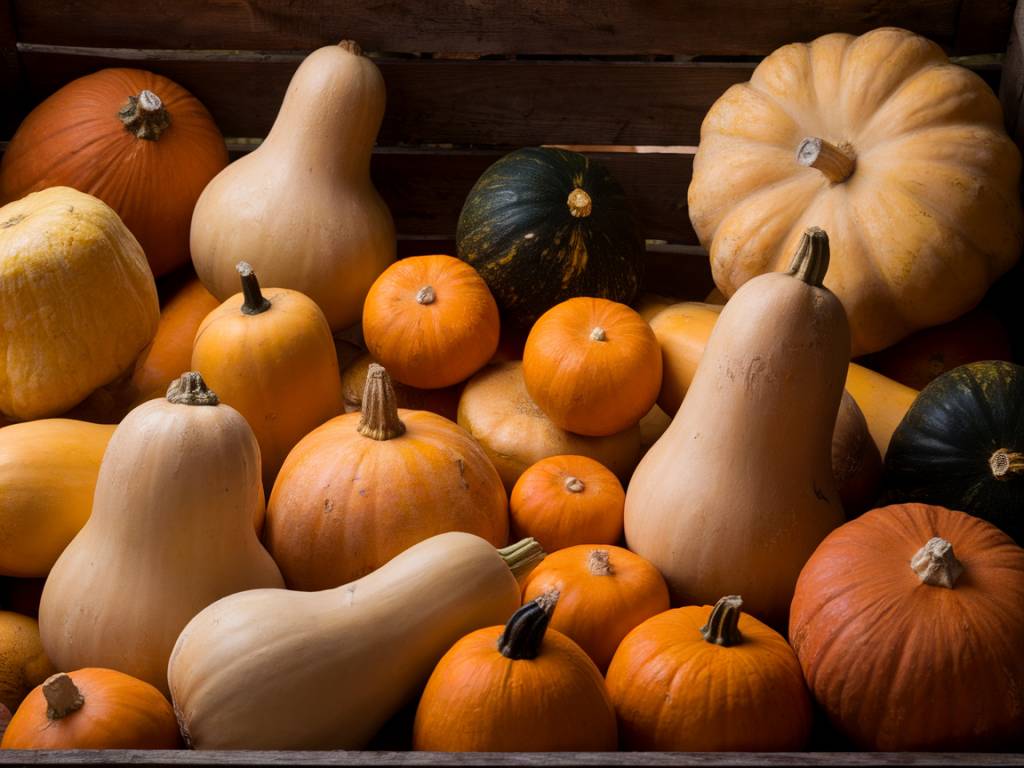For those of us who adore the delicate and vibrant beauty of African violets, ensuring they bloom year-round is a delightful challenge. As a natural gardener cheering for permaculture techniques, I have found some wonderful, sustainable methods to keep these charming plants in bloom continuously. Allow me to share my insights and tips to keep your African violets blooming beautifully all year long.
Understanding African Violet Basics
Before diving into the techniques, it’s crucial to understand what African violets need. In their natural habitat, these lovely plants thrive under the canopy of tropical forests. Thus, mimicking their natural environment as closely as possible is key.
The most important factors include:
- Bright but indirect sunlight.
- Moderate temperatures between 18°C and 24°C (65°F to 75°F).
- High humidity levels.
- Well-draining soil.
- Consistent and appropriate watering.
Perfecting the Light Conditions
Providing the right amount of light is essential for African violets. These plants flourish in bright, indirect light. Direct sunlight can scorch their leaves, so it’s critical to place them in a spot where they receive ample filtered light. North or east-facing windows are typically ideal.
If natural light isn’t an option, fluorescent or LED grow lights can be excellent alternatives. Ensure the lights are positioned about 12 to 15 inches above the plants and run them for around 12-14 hours a day for optimal growth.
Maintaining Optimal Temperature
African violets prefer a stable temperature range. Too much fluctuation can stress the plants and hinder blooming. Aim for a consistent temperature between 18°C and 24°C (65°F to 75°F). Avoid placing them too close to heating vents, air conditioners, or drafty windows.
Creating Humidity
Maintaining a moderately high humidity level is vital. These tropical beauties thrive in humid conditions, around 50-60% humidity. You can increase humidity by:
- Placing a saucer filled with water and pebbles beneath the plant pot.
- Using a room humidifier.
- Misting the plants without soaking the leaves.
Choosing the Right Soil
A well-draining soil mix is essential to prevent root rot. Typical garden soil can be too heavy and compact. Instead, a mix specifically designed for African violets that usually contains peat moss, vermiculite, and perlite is ideal. You can also create your own balanced mix by combining these ingredients in equal measures.
Watering Wisely
How you water your African violets significantly impacts their health and blooming potential. Here are some key watering tips:
- Let the soil tell you when to water: Water when the top inch of the soil feels dry to touch.
- Water from the bottom: Place the pot in a saucer filled with water and allow the plant to absorb moisture for about 30 minutes. Then, remove any excess water.
- Avoid wetting the leaves: Water on the leaves can cause spots and promote fungal diseases. If you must water from the top, use a narrow-spouted watering can and direct the water at the soil level.
- Use lukewarm water: Cold water can shock the roots.
Fertilizing for Continuous Blooms
Regular feeding is necessary for keeping African violets blooming. Use a balanced, water-soluble fertilizer specifically designed for African violets. Follow these guidelines:
- Feed monthly during the growing season (spring and summer).
- Use half-strength fertilizer to avoid overfeeding.
- Reduce feeding in fall and winter, as growth typically slows.
Proper Potting and Repotting
African violets thrive when slightly root-bound, but they will need repotting every six months to a year to refresh the soil and promote healthy growth. Here’s how to repot effectively:
- Choose a pot that’s just one size larger than the current one.
- Gently remove the violet from its old pot to minimize root disturbance.
- Place it in the new pot with fresh soil mix, ensuring the crown is not buried.
- Water lightly to settle the soil.
Pruning and Grooming
Regular pruning and grooming keep African violets healthy and encourage more blooms. Here’s what to do:
- Remove dead or yellowing leaves promptly.
- Pinch off spent flowers to trigger new growth.
- Gently clean leaves with a soft brush or cloth to remove dust.
Monitoring for Pests and Diseases
African violets are susceptible to pests such as aphids, spider mites, and mealybugs, as well as fungal diseases. Regularly inspect your plants and take action if you notice any issues:
- Use natural insecticides like neem oil or insecticidal soap for pest control.
- Ensure proper air circulation to prevent fungal infections.
- Isolate infected plants to prevent spreading.
Creating a Bloom Cycle
Understanding and working with the bloom cycle of African violets can help maintain their flowering health. Most African violets will bloom for about ten months if conditions are right, with a resting period in between. Follow these tips to manage their cycle:
- Provide a consistent environment with stable light, temperature, and humidity.
- Rotate plants every week for even light exposure.
- Avoid repotting or heavy pruning during their active blooming phase.
Enjoying Your Blooms
By staying attentive to the needs of your African violets and creating a nurturing environment, you’re rewarded with almost continuous blooms. Remember that each plant is unique, and observant care will guide you in making the necessary adjustments to keep them happy.
Happy gardening!
Samanta

